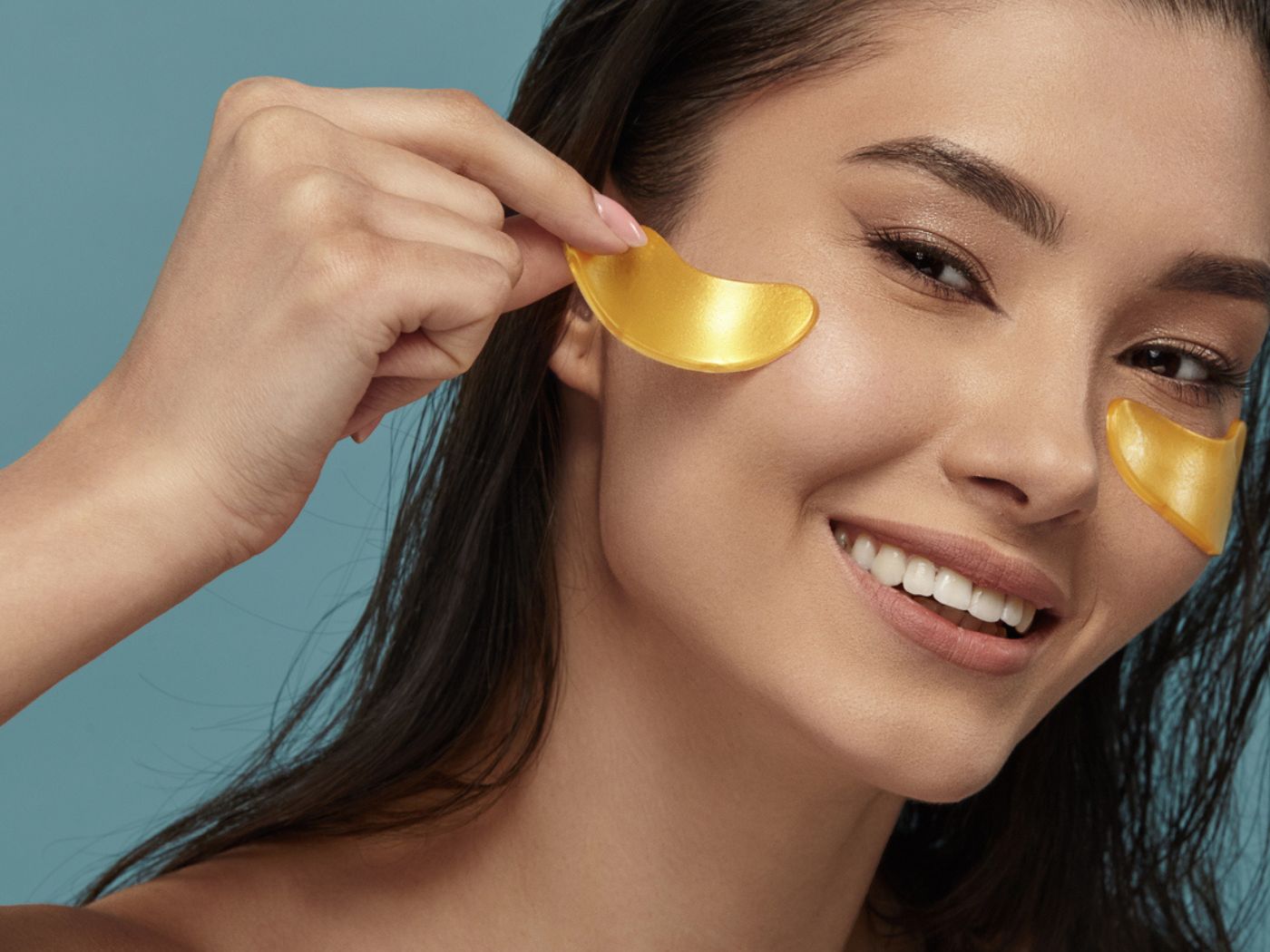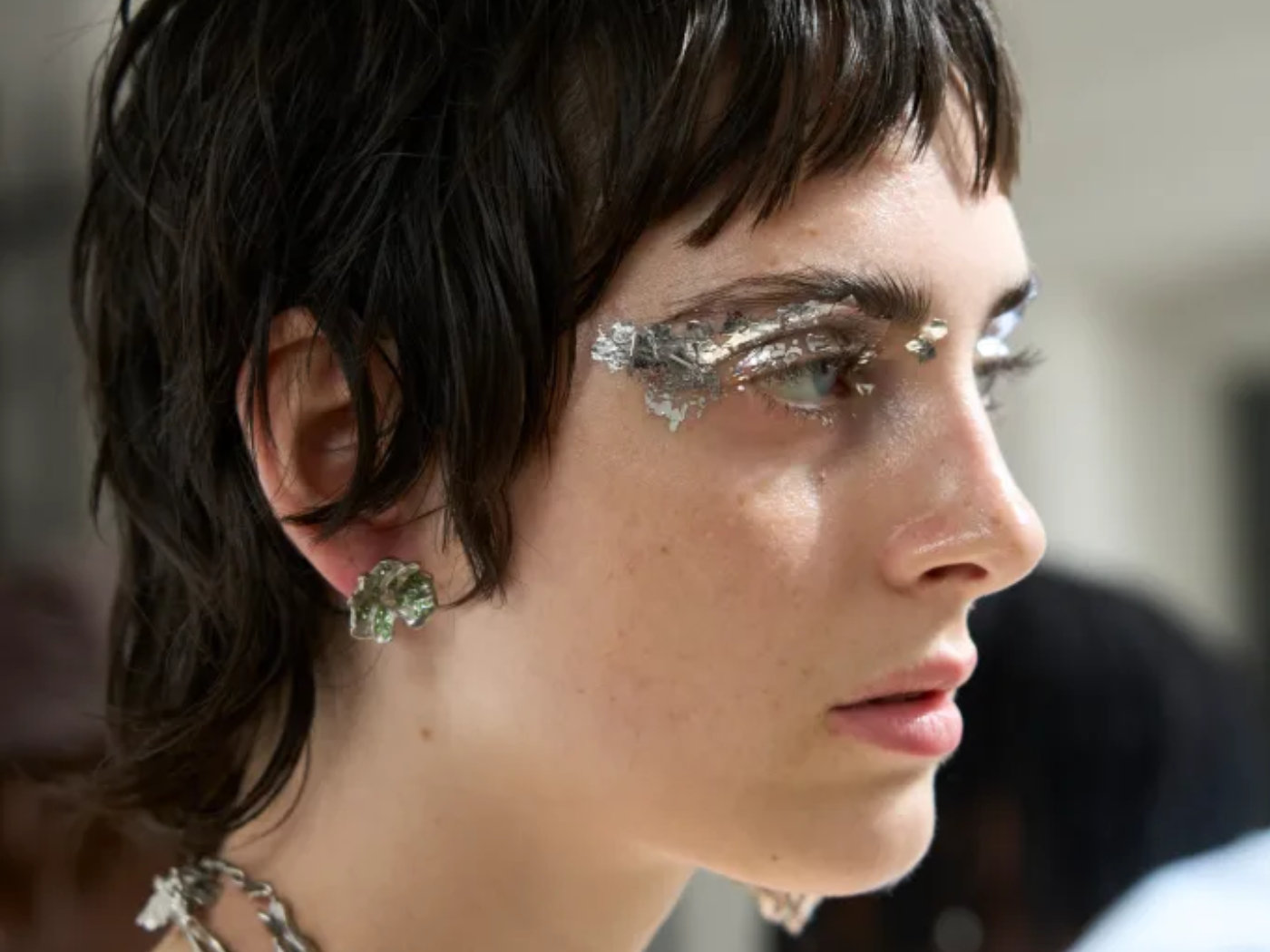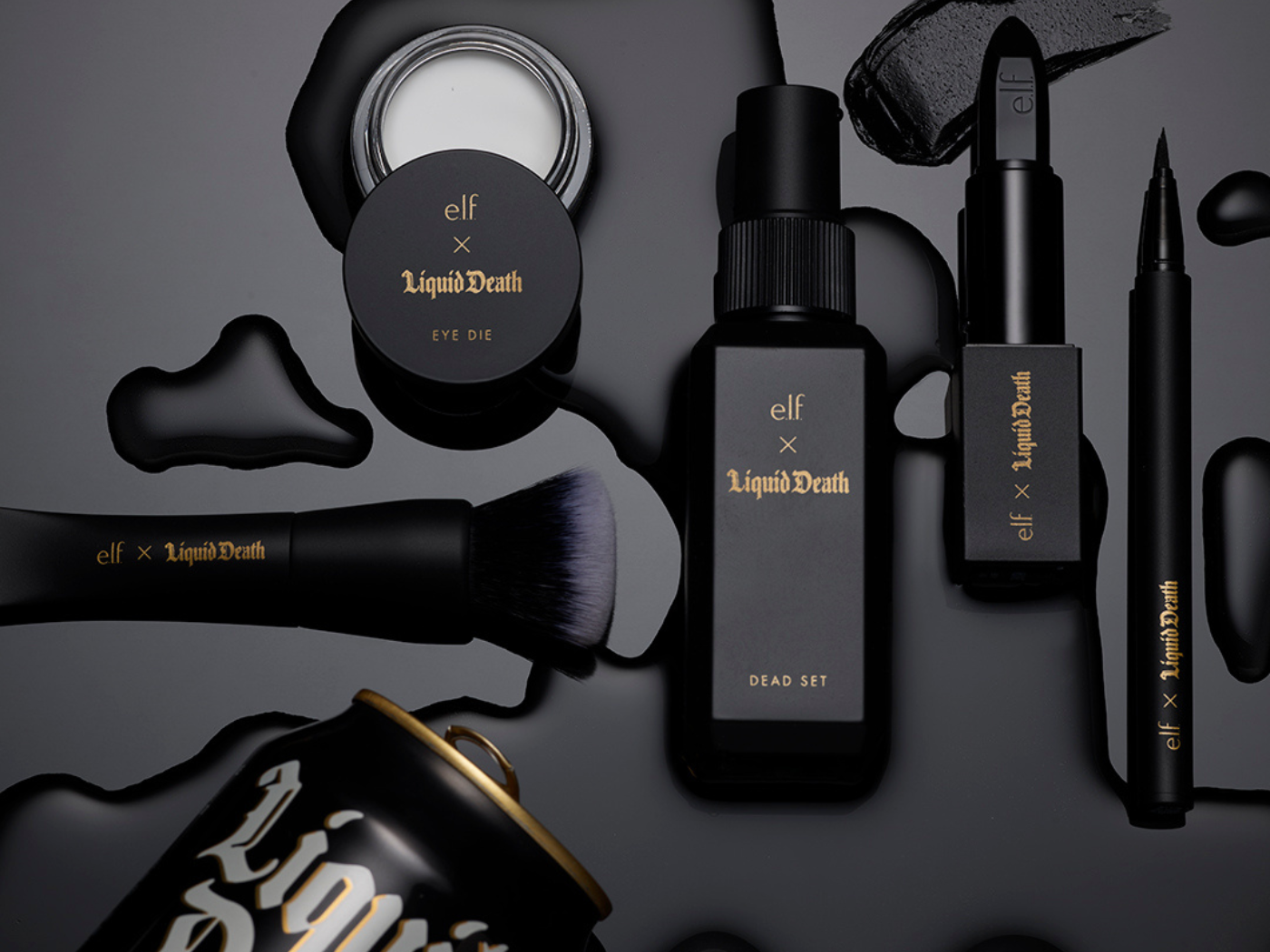Meeting the customer where they’re at — whether that’s the late-night purchaser on Amazon or a beauty aficionado sweeping the aisles at Ulta Beauty – is increasingly important for clean beauty brands, according to several exhibitors attending Natural Products Expo West in Anaheim, California.
The annual trade show, which attracts naturally positioned brands, ran for four days in mid-March and is considered the largest natural products trade show in the world, covering food and beverage, supplements, and beauty and personal care products. Brands exhibiting there said that while small neighborhood health food stores and apothecaries have been loyal supporters, they were looking to tap into the burgeoning demand for clean products at big box retailers, drugstores, and grocery chains.
“It’s important to be where they’re at,” says Lauren Wynne, Senior E-commerce Manager at vegan beauty brand Pacifica. “A lot of people look at Amazon or their direct-to-consumer sites as taking business away from in-store retailers. But for us, if something is out-of-stock, it’s important for the consumer to have another avenue to shop at, whether they’re looking at two-day Amazon shipping or loyalty points on a website.”
The brand, which was using the show as a launch pad for its new Coco Peptide line for damaged hair, has embraced the omnichannel trend, selling at Ulta Beauty, Target, and grocery stores, and is looking to deepen these partnerships.
“People like to say that Gen-Z shops this way or millennials shop that way. But I think if you talk to actual people in day-to-day life, you will find that different generations have the same shopping patterns. It’s not as different as you might think,” she says. Pacifica had a recent hit with its Dream Moon fragrance, the subject of several Tik Tok videos that went viral, which then drove shoppers into Target before being picked up across all retailers, ultimately generating a sales spike on Amazon.
Nora Schaper, co-founder and President of HiBAR, a St. Paul, Minnesota-based line of personal care products that offers its items in environmental-friendly bars, said she was heartened by the steps retailers are taking to make shopping in stores worthwhile. For example, at some branches of Sprouts Farmers Market, QR codes appear on shelf space next to bar shampoo and conditioners to explain to shoppers how to use them.
“This format requires a little more education,” says Nora. Still, that hasn’t deterred the company from rapid expansion since its 2018 launch. HiBAR is now sold in 10,000 locations nationwide, including Whole Foods.
“We went national within three months of our launch,” says Nora, adding that just 20 percent of the brand’s business is now direct-to-consumer. “That’s our highest margin and we want to continue to build that. We thought that would be our business. But once we got into Whole Foods other natural grocery channels opened up to us.”
Still, the brand has its sights set on big box retailers such as Target.
“Our mission is to get more mainstream as consumers begin to appreciate clean formulations with zero packaging,” she says.
Moving from direct-to-consumer to brick-and-mortar is a “natural progression and one that we expect to accelerate”, says Alice Mintz, Director of Integrated Solutions at DAAP LLC, a subsidiary of data technology company SPINS. Alice gave a talk at Expo West on the State of Natural Beauty.
“Brick-and-mortar distribution is a core lever for brands who want to scale and unlock revenue growth,” she says. “Natural beauty grew 15 percent in the past year and holds an 8% share of the multi-outlet and natural channel beauty industry. Natural beauty will transform the industry at a faster rate than we experienced with food and beverage,” says Alics.
That’s good news for entrepreneurs like Tanna Larson, founder of The Green Forest Lady in Nevada, a maker of hand-crafted body care products for women and babies. The company was launched nine years ago, and most of its business has been direct-to-consumer. But she is now selling to 40 small independent natural stores around the country and is looking to get into more. Her goal is to work with retailers who build relationships with their customers, something that is impossible to find in big-box retailers.
“The economy has taken its toll on small independent stores, but from what we’ve seen, [customers] still out there and they’re still buying,” she says.
Sang Lee, CEO of Fullerton, California-based Facetory, a maker of $3.99 sheet masks, says most of his sales have been e-commerce driven but the brand is launching in Erewhon this month.
“We are expanding into more retail channels but retailers say they prefer smaller items at a higher price that take up less space,” he says. “Buyers like our packaging and design, and that we offer 29 sku’s of masks, everything from royal jelly to lemon for different skin issues.”
Retailers attending the show say there was plenty of new to choose from. Robin Doyle, founder of Los Angeles-based clean beauty e-commerce site Beautyologie, says while the show didn’t yield any new orders, she is always interested in scouting out products that are fair trade, cruelty-free, and sustainably-sourced.
“I usually go in and reconnect with brands I work with and make connections with new ones,” she says. Robin also looks for products to sell at her shop-in-shop at the Valley Salt Cave Spa in Woodland Hills, Calif. as well as a fair trade collective she is a part of in Long Beach that focuses on Latin American brands.
Most beauty brands have experience navigating a saturated market, in which maintaining consumer interest is critical.
“As beauty brands stretch into omnichannel, they’ll need to ensure they can stand out and maintain velocities once on the shelf,” Robin says. To do this she recommends brands partner with retailers who are aligned on a similar target consumer. “Finding ways to tell their story and highlight their benefits will require a strong marketing strategy,” Robin says.




